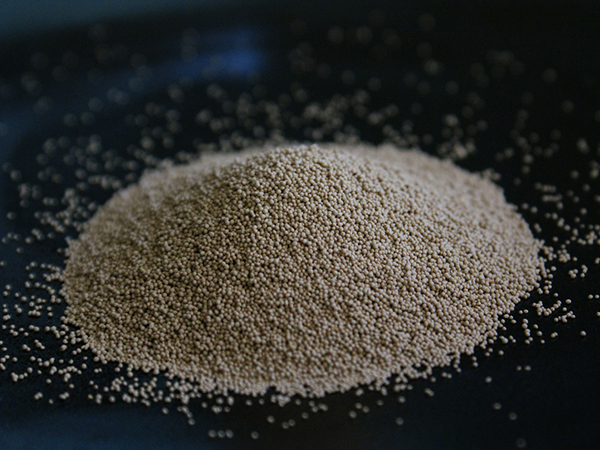The Importance of Foundry Sand in Metal Casting
Foundry sand is a critical material used in the metal casting industry, serving as a mold material in the production of many metal components. Its properties and effectiveness play a vital role in determining the quality of the final products manufactured through casting processes. Understanding the significance of foundry sand, its types, and its applications can provide valuable insights into the metal casting industry.
What is Foundry Sand?
Foundry sand primarily consists of high-quality silica sand, although it may also contain other materials depending on specific casting requirements. It is processed and graded to ensure uniformity and proper grain size, which are essential for creating molds that can withstand high temperatures without failing. The primary function of foundry sand is to form molds that provide the necessary shape and surface finish to the final casted part.
Types of Foundry Sand
There are various types of foundry sand, each suited for different casting methods
1. Silica Sand The most common type, silica sand is predominantly used due to its excellent thermal stability and resistance to molding and core production processes. It is an essential ingredient in both green sand and resin-bonded sand systems.
2. Resin-Bonded Sand This type of sand is mixed with binding agents such as phenolic resin. This method improves the strength and integrity of molds, allowing them to hold intricate shapes and details during the casting process.
3. Green Sand Made from a mixture of silica sand, clay, and water, green sand is used for its ability to bind well and form complex shapes. It is named green due to its moisture content when prepared.
foundry sand

4. Specialty Sands Depending on specific requirements, other forms of sand, like chromite sand or zircon sand, may be used. These specialty sands possess unique properties that cater to specialized casting applications, like higher thermal resistance or improved surface finish.
The Role of Foundry Sand in Casting Processes
During the metal casting process, foundry sand is utilized to form molds that define the shape of the finished product. The sand is packed around a pattern—an exact replica of the desired shape—creating a negative mold cavity. Once the sand is compacted and cured, the molten metal is poured into the cavity, where it takes the shape of the mold upon solidification.
The quality of the casting achieved is heavily influenced by the characteristics of the foundry sand used. For example, the grain size and shape can affect how the sand flows during packing and how well it withstands thermal shock when the molten metal is introduced. Therefore, selecting the appropriate type of foundry sand that aligns with the specific requirements of the casting process is crucial for producing high-quality metals and alloys.
Environmental Considerations
In recent years, the foundry industry has faced challenges related to environmental sustainability. The mining and processing of silica sand can have negative impacts on ecosystems, prompting the need for more environmentally friendly practices. Consequently, recycling foundry sand has become a significant trend in the industry. Used sand can be processed and reused in manufacturing, reducing waste and minimizing the environmental footprint.
Innovations in the recycling of foundry sand not only help in conserving natural resources but also reduce the cost of raw materials for casting operations. This sustainable practice presents an opportunity for foundries to enhance their operational efficiency while also addressing environmental concerns.
Conclusion
Foundry sand plays an integral role in the metal casting industry. Its unique properties influence mold formation, which directly impacts the quality of the finished products. By understanding the different types of foundry sand and their applications, manufacturers can optimize their processes to increase efficiency and improve product quality. Moreover, adopting sustainable practices, such as recycling foundry sand, will ensure that this essential material remains a key component in the metallurgical landscape while meeting the industry’s environmental responsibilities. As technologies and practices continue to evolve, the role of foundry sand will undoubtedly remain vital to the future of metal casting.
Post time:ທ.ວ. . 24, 2024 16:16
Next:Techniques for Achieving a Smooth Finish on 3D Printed Objects Through Sanding
